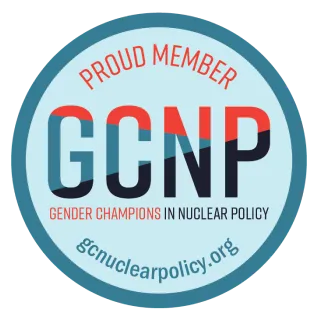Congress is deliberating significant changes to key federal tax credits for clean energy deployment, including nuclear power, within the ongoing budget reconciliation process. While our analysis of H.R.1 found the House version would generate $11 billion to $19 billion in economic losses, the Senate’s modifications substantially mitigate but do not eliminate these risks.
%20(Facebook%20Post)%20(2).webp)
Congress is deliberating significant changes to key federal tax credits for clean energy deployment, including nuclear power, within the ongoing budget reconciliation process. The Senate Finance Committee’s budget reconciliation bill takes a markedly different—and more workable—approach to the clean energy tax credit restrictions compared to the House’s H.R.1. While our analysis of H.R.1 found the House version would generate $11 billion to $19 billion in economic losses, the Senate’s modifications substantially mitigate but do not eliminate these risks.
Key Changes in Senate Finance Committee Text
- Construction Deadline Relief for Nuclear, Geothermal, and Hydropower: Removes H.R.1’s stringent 2028 construction deadline for these technologies. Instead, it establishes a specific phase-out schedule for the 45Y/48E credits: full credit for projects beginning construction by 2033, stepping down to 75% in 2034, 50% in 2035, and 0% in 2036.
- Graduated FEOC Framework: Replaces the outright ban on "material assistance" from foreign entities of concern (FEOC) with phased compliance requirements (40% – 60% non-FEOC content in manufactured products).
- Revised Economic Impact: According to our analysis, the Senate approach could still lead to $3.7B – $8.2B in direct economic losses—equivalent to approximately $0.84 – $1.83 lost for every $1 in projected fiscal savings. While this represents a substantial improvement over our estimated House impacts ($2.40 – $4.25 ratio), our modeling suggests the restrictions may still produce net economic costs that exceed fiscal benefits. Additionally, based on our modeling assumptions, the restrictions could potentially eliminate or forgo 2,900 – 6,900 jobs and $960M – $2B in local, state, and federal tax receipts over 10 years.
Bottom Line: Our analysis suggests the Senate’s approach eliminates the most damaging aspects of the House bill. However, the Senate’s material assistance requirements still pose implementation risks due to their complexity, substantial compliance burden, and lack of clear regulatory guidance. Although the Senate bill includes safe harbor provisions and supplier certification processes, the absence of detailed Treasury guidance creates ongoing compliance uncertainty that could deter investment. The development of comprehensive regulatory frameworks typically requires extensive time and multiple iterations, particularly for provisions of this complexity, which may delay clarity for project developers and their financing partners. If regulatory agencies issue timely and detailed implementation guidance, these risks may be partially mitigated, but challenges would remain given the global nature of nuclear supply chains and the specialized materials requirements of advanced reactor technologies.
Read the Impact Brief.
Read the original H.R.1 analysis.











